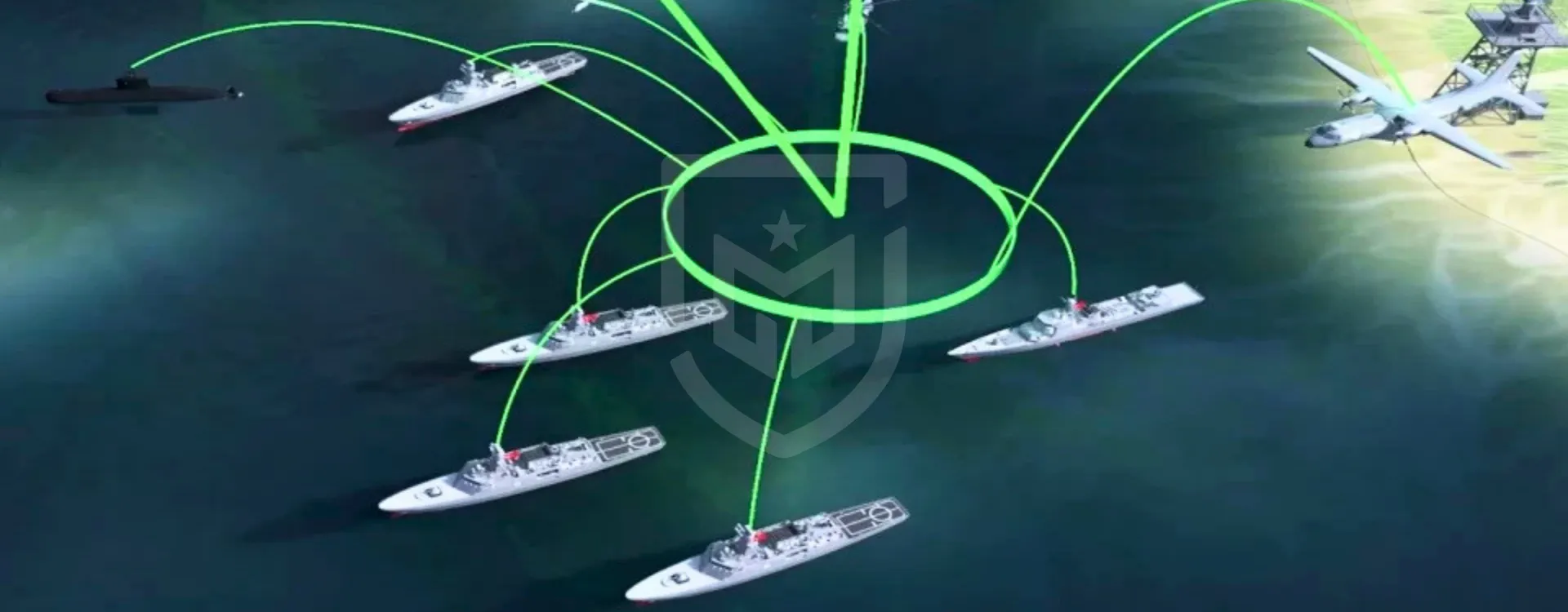

BREAKING NEWS

A Combat Management System (CMS) is the integrated command-and-control backbone that runs a warship or defense platform’s end-to-end cycle of sense → decide → engage. In plain terms, a CMS connects every radar, sonar, EO/IR camera, electronic-warfare suite, tactical datalink, gun, and missile into one smart network, so the crew can respond with the right effector, at the right time, to the right target.
At the core sits situational awareness: multi-sensor inputs are fused into a single, consistent tactical picture. This enables operators to see, classify, and prioritize air, surface, and subsurface threats in real time. Under the hood, data fusion, track management, threat evaluation, and weapon assignment algorithms work in concert. As Carl von Clausewitz famously noted, the aim is to clear the “fog of war” and empower faster, more accurate decisions.
Modern CMS architectures are modular and open-systems–based, so new radars, unmanned systems, datalinks (Link-11/16/22, VMF, etc.), or cybersecurity controls can be added with low integration cost. In network-centric operations, a CMS doesn’t just optimize a single platform; it knits together task groups and joint forces, enabling shared tactical pictures, collaborative engagements, and cooperative defense.
Key building blocks include:
Consoles & HMI: Operator-centric displays, alert logic, and human-machine teaming.
Mission Computers: Highly reliable, real-time environments with redundant architectures.
Deterministic Networks & Timing: Low-latency backbones with precise time synchronization.
Algorithms & AI: Detection/classification, automatic de-confliction, recommendation-based engagements.
Cyber & Safety: Authorization, audit, integrity, and safety-critical design principles.
A CMS coordinates diverse missions—air defense (incl. layered missile architectures), ASW, surface warfare, counter-asymmetric threats, patrol, and search & rescue—under one roof. Built-in training/simulation modes sharpen crew proficiency, while after-action review turns raw logs into organizational learning.
Across the world you’ll find systems like AEGIS, TACTICOS, and ADVENT. Despite different pedigrees, they converge on the same objectives: compress the OODA loop, enable time-sensitive targeting, and maximize interoperability in combined operations.
Bottom line: a CMS is the engine that turns information into combat power—sense faster, decide smarter, act safely—so ships and task groups remain agile, accurate, and resilient in complex threat environments.